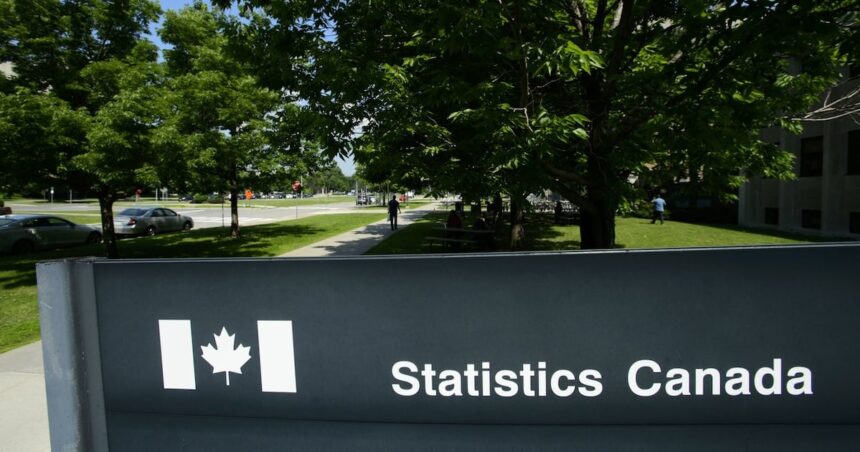The chasm between Canada’s highest and lowest earners has widened to unprecedented levels, with new data revealing the income gap reached a historic peak during the first quarter of 2025. Statistics Canada’s latest economic indicators paint a troubling picture of a nation increasingly divided by economic fortune, despite years of government initiatives aimed at creating more equitable prosperity.
According to the comprehensive quarterly economic review released yesterday, the top 1% of Canadian income earners now capture 14.7% of the nation’s total income—up from 13.2% just two years ago. Meanwhile, the bottom 50% of Canadians collectively receive only 17.3% of national income, representing a decline of 1.8 percentage points since 2023.
“What we’re witnessing isn’t simply cyclical economic variation but rather a structural shift in how economic gains are distributed,” explains Dr. Elaine Morrow, economist at the Canadian Centre for Policy Alternatives. “The pandemic initially compressed some inequality metrics, but post-recovery patterns have accelerated wealth concentration at rates we haven’t seen in modern Canadian history.”
The Statistics Canada report identifies several contributing factors to this widening disparity. Corporate profits in key sectors like financial services, technology, and energy have soared by an average of 21% year-over-year, while wage growth for middle and lower-income workers has struggled to keep pace with inflation, effectively resulting in real-income contraction for millions of households.
Housing costs continue to play a significant role in the inequality equation. Home values in major urban centers have appreciated by an average of 17.3% since last year, disproportionately benefiting existing property owners while pushing homeownership further out of reach for younger and lower-income Canadians.
“The housing market has essentially become a wealth accelerator for those already positioned within it, while functioning as an increasingly impenetrable barrier for others,” notes Jordan Chen, senior housing policy analyst at the University of Toronto. “When combined with stagnant wage growth for many occupations, we see a perfect storm for inequality.”
Federal Finance Minister Freya Richardson addressed these concerns in yesterday’s press conference, stating: “This government recognizes the troubling trends in income distribution and remains committed to implementing targeted policies that will ensure economic growth benefits all Canadians, not just those at the top of the economic ladder.”
Critics, however, question the effectiveness of current approaches. Opposition finance critic Marcel Dubois called the latest figures “damning evidence of policy failure,” pointing to tax structure and corporate regulation as areas requiring immediate reform.
The geographic dimension of inequality appears particularly pronounced in the latest data. While major urban centers like Toronto, Vancouver, and Calgary show accelerating prosperity metrics, rural communities and smaller urban centers across Atlantic Canada and parts of the Prairies demonstrate declining economic indicators.
Particularly concerning to economists is the breakdown of intergenerational economic mobility—historically a hallmark of Canadian society. Recent studies from Canadian universities suggest that the likelihood of a child earning more than their parents has declined by nearly 30% compared to previous generations.
The business community offers mixed perspectives on addressing these challenges. The Canadian Chamber of Commerce has advocated for targeted tax incentives to boost investment in underperforming regions, while labor organizations call for strengthened collective bargaining frameworks and minimum wage increases tied to productivity gains.
Beyond the economic implications, political analysts suggest the widening inequality may have profound electoral consequences. “Economic polarization often precedes political polarization,” observes Dr. Samantha Leung, political scientist at McGill University. “As more Canadians feel economically alienated, we may see increased support for political movements that promise more radical economic restructuring.”
As Canada navigates these challenging economic currents, the fundamental question remains: can a country historically defined by its middle-class stability and social mobility reverse these trends before they permanently alter the nation’s social fabric? The answer may determine not just economic policy direction but the very nature of Canadian society for generations to come.

























